Contents
Google’s latest mid-ranger, the Pixel 9a, comes with a snazzy new design and a bigger display. It nails the basics and delivers an experience you only get on a Pixel phone. Still, I can’t recommend the Pixel 9a to anyone. It has several major flaws that are hard to overlook in everyday use. You are better off spending your money on another midrange Android phone.
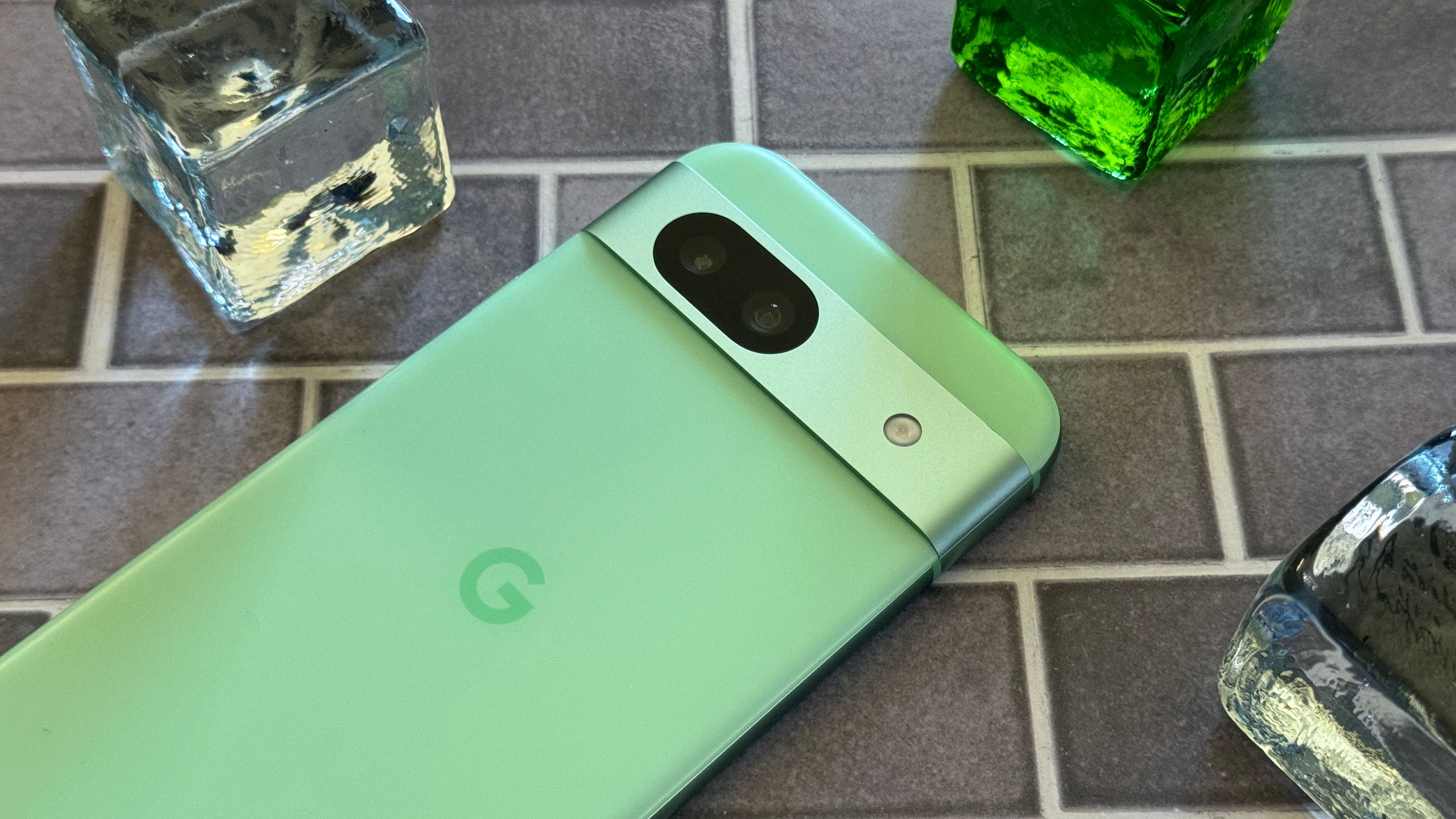
Related
5 BIG bezels
What was Google thinking?

All major Android device manufacturers are racing to slim down the bezels on their flagship phones, raising the bar every year. These improvements trickle down to their mid-range phones, which get bigger, brighter displays with slimmer bezels.
Google seems to work differently. It gave the Pixel 9a a major design overhaul, doing away with its iconic rear camera bar, switching to a flat frame, and using a bigger 6.3-inch display, an increase of 0.2 inches. From the rear, the Pixel 9a’s design punches above its mid-range price, thanks to the bold new colors. However, that feeling goes away when you look at its front.
With a bigger display, you would expect Google to reduce the bezels on the Pixel 9a for a better screen-to-body ratio. In typical Google fashion, that’s not the case. One glance at the cheapest member of the Google Pixel 9 family from the front, and its thick bezels immediately stand out, and not in a good way. It gives the phone a budget feeling, making it difficult to justify its $500 price tag. I don’t remember seeing a mid-range Android phone with chunky bezels in the last few years.
Given the intense competition in the mid-range smartphone space, it’s puzzling to see Google make design choices that take away from the Pixel 9a’s premium look.
4 Slow charging speeds
And another Pixel phone without Qi2 support
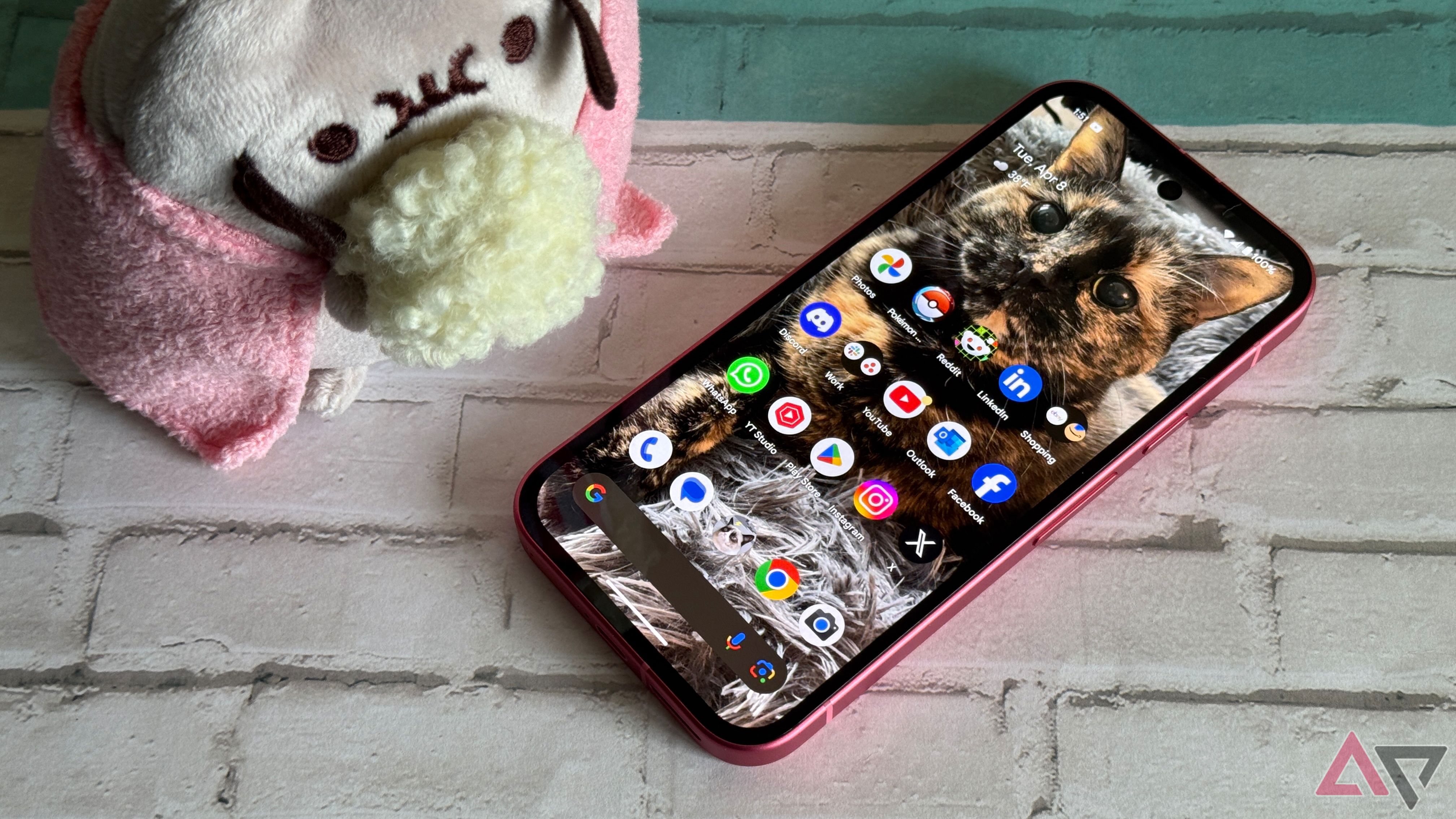
The Pixel 9a ships with a beefy 5,100mAh battery, considerably larger than the 4,700mAh cell found on its more expensive sibling, the Pixel 9 Pro. It is also a noticeable step-up in capacity from the Pixel 8a’s 4,492mAh cell. The larger battery should help compensate for the inefficient Exynos 5300 modem, ensuring the Pixel 9a can make it through a day of heavy use.
With a big bump in battery capacity, you would expect Google to increase the charging speed from 18W to a more respectable 30W to 45W. This would keep the phone’s charging time the same as its predecessor despite the bigger battery. Still, it improved the Pixel 9a’s charging speed by a small margin. Instead of 18W like previous mid-range Pixels, the 9a’s wired charging speed tops out at 23W, a jump of 5W.
Charging the phone’s 5,100mAh battery from empty isn’t quick, with early tests suggesting it takes over 90 minutes to reach full capacity. For comparison, the OnePlus 13R, with its larger 6,000mAh battery, can charge twice in almost the same timeframe.
Google isn’t making any improvements in the wireless charging situation. This means the Pixel 9a supports 7.5W Qi wireless charging, the same as its predecessors. Try charging the phone wirelessly from empty to full. You might as well leave it on your desk for half the day.
Like the rest of the Pixel 9 family, the Pixel 9a gives Qi2 support a miss. You cannot use MagSafe-compatible accessories unless you use a case or third-party accessory that adds MagSafe support to the phone.
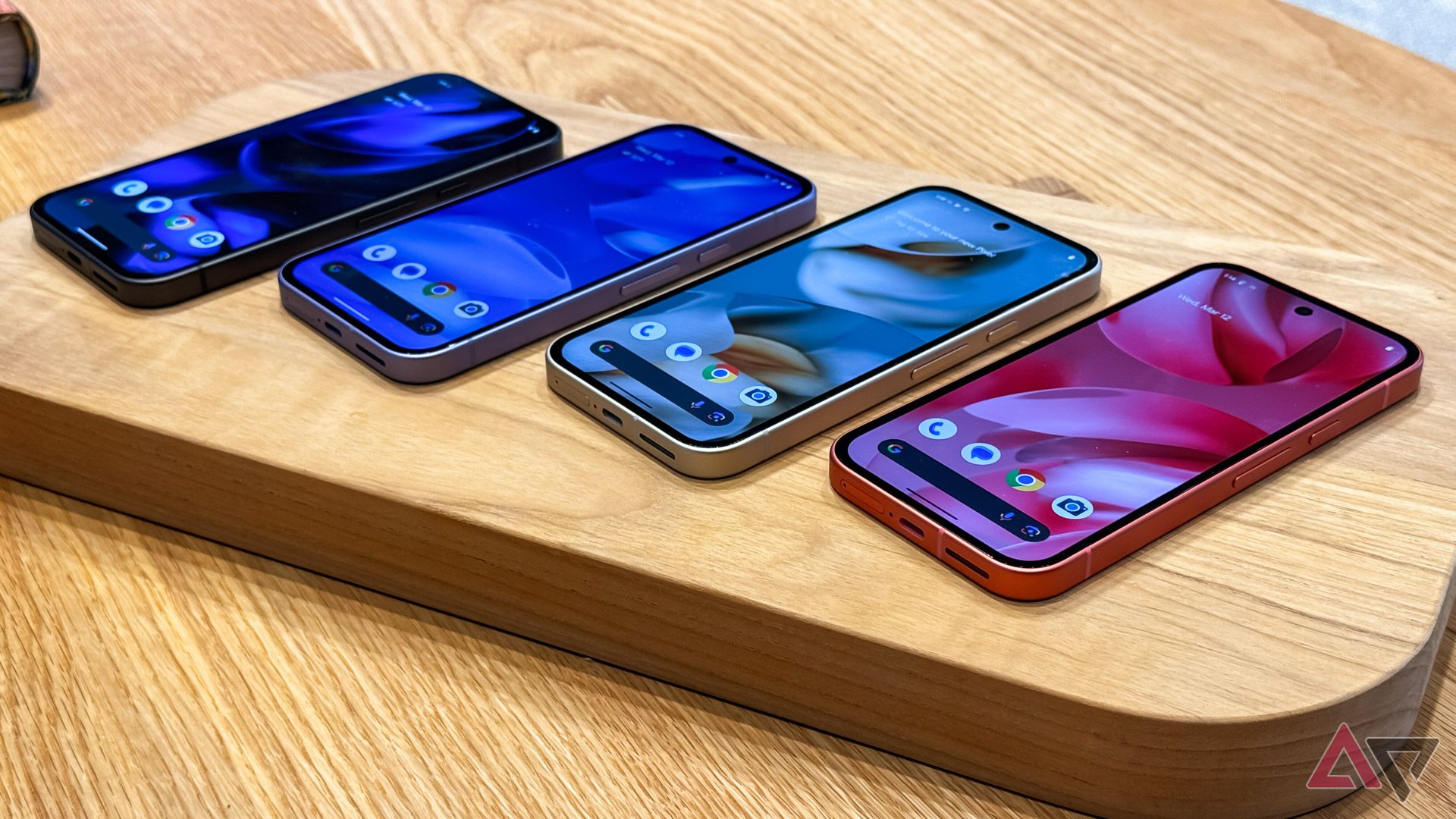
Related
3 A power-hungry Exynos modem
Google should have ditched the Exynos 5300
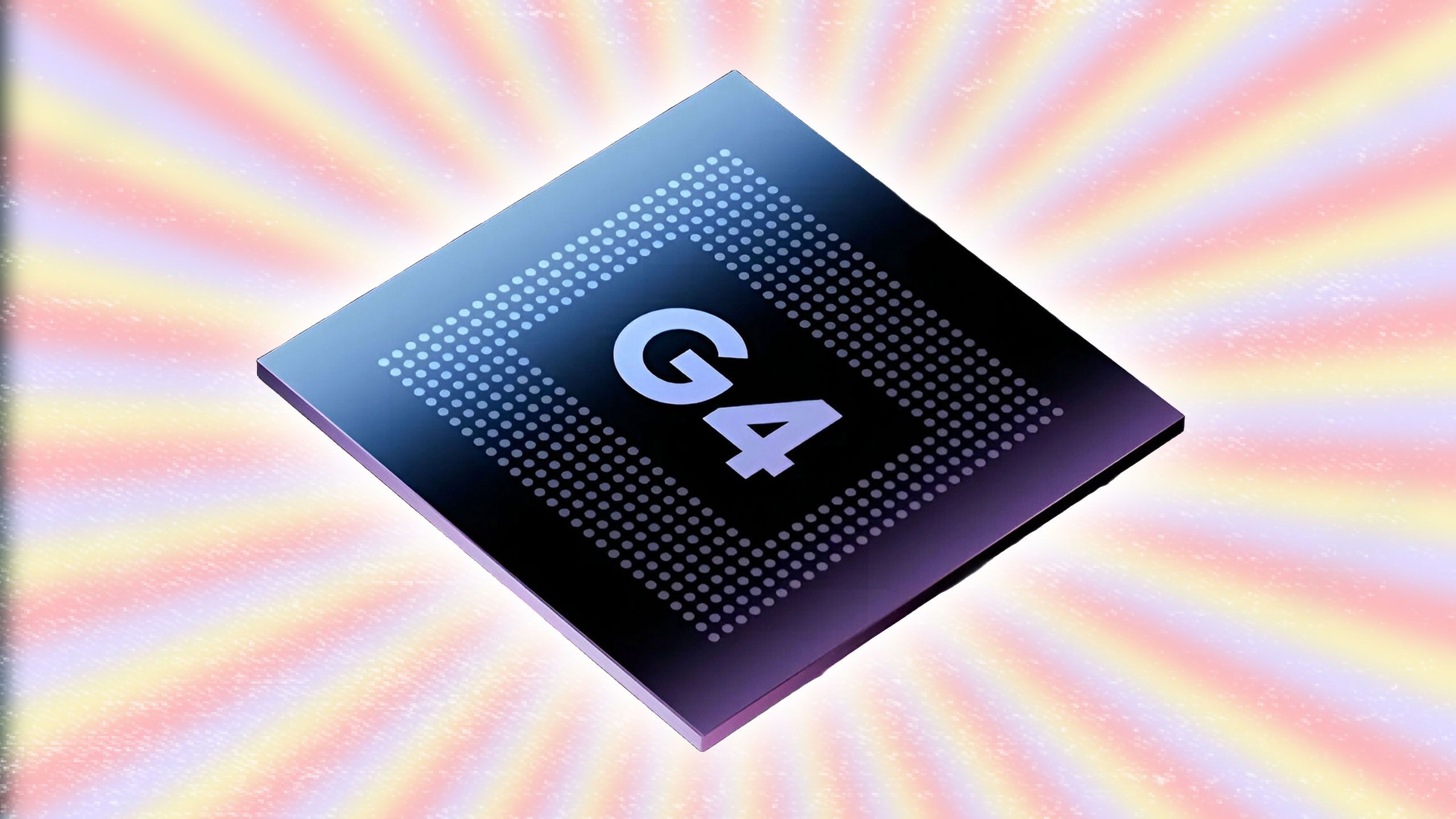
Source: Google
The Pixel 9a uses the same Tensor G4 chip that powers the rest of the Pixel 9 family. While its performance isn’t as good as the latest flagship chips from Qualcomm and MediaTek, it addresses a major complaint with previous-gen Tensors: overheating. Using Samsung’s newer and more advanced 4nm LPP+ node, the newest Tensor chip delivers better efficiency and consumes less power. Still, there’s a catch with the Pixel 9a’s Tensor G4 chip.
It uses the same Exynos 5300 modem found inside the Pixel 8’s Tensor G3 chip, instead of switching to the newer Exynos 5400 used on the Pixel 9. The latter is faster and purportedly up to 50% more efficient. This is a big problem, as the Exynos 5300 modem is known for its high power consumption. Plus, the baseband is the key culprit behind the connectivity issues Pixel 8 users frequently face.
The inferior modem will lead to poor or almost no network reception in areas with spotty coverage, deliver slower 5G speeds, and consume more power when mobile data is heavily used. For a phone that ships with a promise of seven years of OS updates, Google’s decision to use a subpar modem on the Pixel 9a feels like a serious misstep.
The Pixel 9a’s Tensor G4 chip seemingly also uses an inferior packing technology, which could lead to higher heat dissipation. It shouldn’t run as hot as the Pixel 8’s Tensor G3, but don’t expect it to stay as cool as the other members of the Pixel 9 family.
As someone who has used the Pixel 8 Pro for over a year and regularly struggles with connectivity issues, I can’t recommend the Pixel 9a solely because of its modem choice.
2 An AI phone with 8GB RAM is a joke
Remember the Pixel 8 and Gemini Nano fiasco?
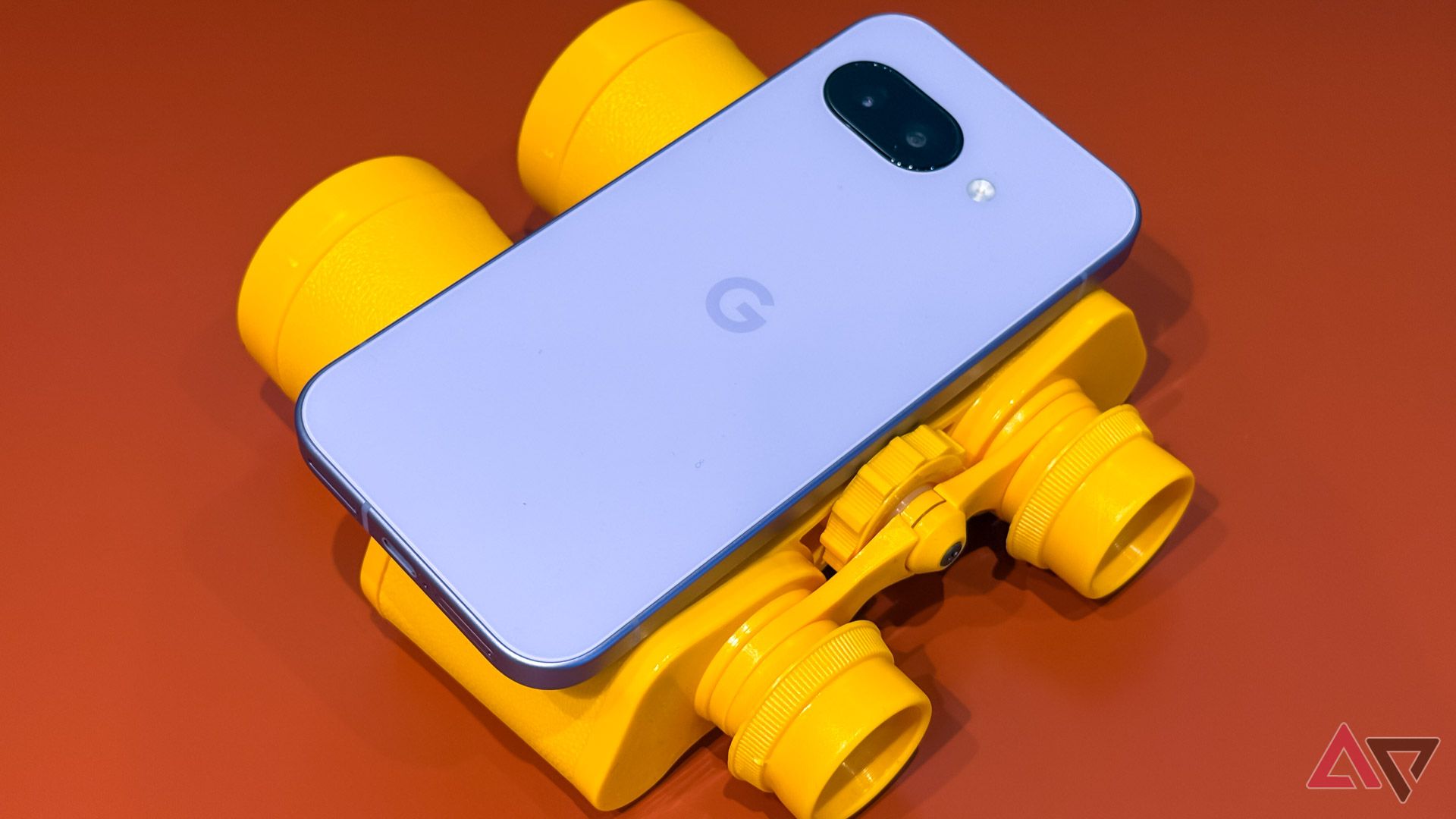
On the Google Store, Google promotes its latest mid-range phone as “Pixel 9a, AI Magic Made Simple.” The product page is filled with Google talking about Gemini, Pixel Studio, and other AI features. For a phone heavily marketed for its AI capabilities, Google ships it with only 8GB of RAM.
You might think that Google must have thought this through, which is why it ships the Pixel 9a with 8GB RAM. With large language models evolving rapidly and demanding more memory, smartphones will need more RAM, and not less, to handle increasingly AI-intensive tasks.
What’s puzzling is that Google ran into a RAM bottleneck with the Pixel 8 in early 2024. Like the Pixel 9a, it ships with 8GB of RAM, unlike its Pro counterpart, which packs 12GB of memory. That extra RAM was crucial in bringing on-device Gemini Nano to the Pixel 8 Pro.
At the time, Google claimed it couldn’t bring Gemini Nano to the regular Pixel 8 due to hardware limitations. This is despite both phones using the same Tensor G3 chip, with the additional 4GB of RAM being the only major difference. Following criticism, Google brought Gemini Nano to the Pixel 8 as a developer preview.
This happened in early 2024, so it’s puzzling to see Google ship another phone over a year later with the same amount of memory. Sooner or later, the Pixel 9a’s 8GB RAM will become a bottleneck, preventing Google from delivering its latest cutting-edge AI features.

Related
1 OnePlus 13R is a better device overall
Faster processor, more RAM, and longer battery life

Despite its flaws, the Pixel 9a is a solid mid-range phone for $500. However, the base variant ships with 128GB storage, with Google commanding a $100 premium for the 256GB model. For the same $600 price, the OnePlus 13R is a considerably better option.
It packs a bigger 6.78-inch FHD+ 120Hz OLED panel, a faster Snapdragon 8 Gen 3 chip, 12GB RAM (4GB more than the Pixel 9a), and a beefier 6,000mAh battery with up to 80W wired fast charging support. If these advantages are not enough, the OnePlus 13R uses a faster and more efficient Snapdragon modem.
The OnePlus 13R delivers a better experience in daily use than the Pixel 9a in almost every department. Its triple-camera setup can’t rival Google’s offering, but this difference is limited to the ultrawide. The primary cameras on both phones deliver respectable results.
The OnePlus 13R is not perfect, with the Pixel 9a edging it out in key areas. Google’s mid-range Pixel will get seven years of OS updates, while OnePlus only promises four major OS updates (until Android 17) and six years of security patches. The Pixel comes with a suite of AI features you won’t get on the OnePlus 13R.
Still, the OnePlus 13R stands out as the better buy over the Pixel 9a. If you plan to use your phone for the next four years, its larger display, faster processor, and bigger battery will deliver a better long-term experience.
The Pixel 9a could have been so much more
The Pixel 9a punches above its weight, especially in the US market. While it is a good phone and there are reasons to buy it, some of its shortcomings make it a major dealbreaker. You might not think much about the older Exynos modem or the slower charging speed, but they’re bound to frustrate you in daily use. What’s more frustrating is that these are long-standing issues that Google looks past with every release. Until the company resolves them, you should look elsewhere.
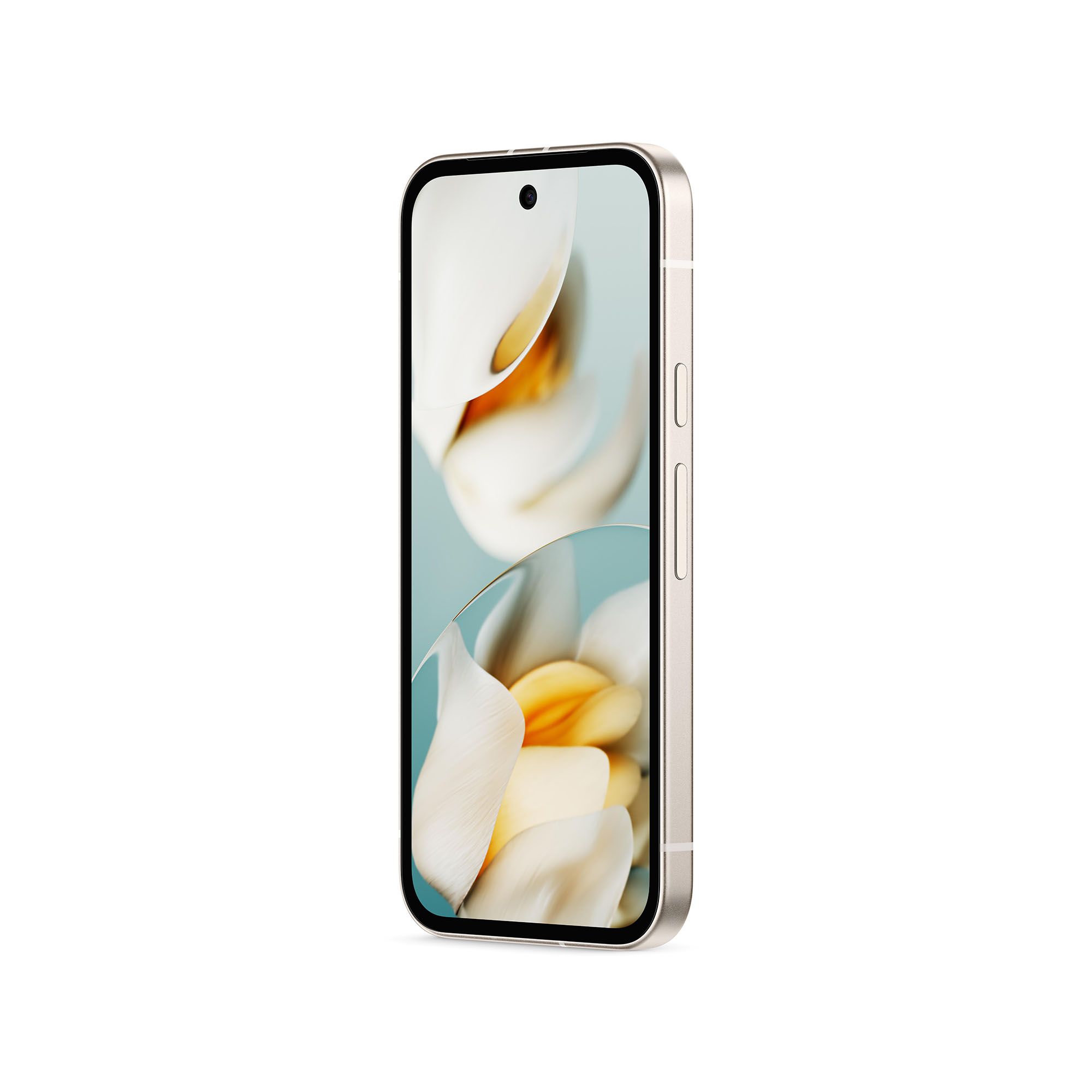
Google Pixel 9a
Google’s Pixel 9a takes everything that was great about the Pixel 8a and looks to modernize it. With an all-new Pixel 9-inspired look and no camera bump, this might be the best $500 smartphone we’ve seen yet.
What’s your reaction?
Love0
Sad0
Happy0
Sleepy0
Angry0
Dead0
Wink0


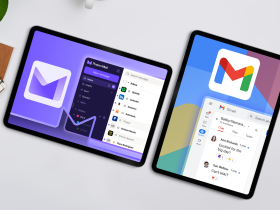


Leave a Reply
View Comments